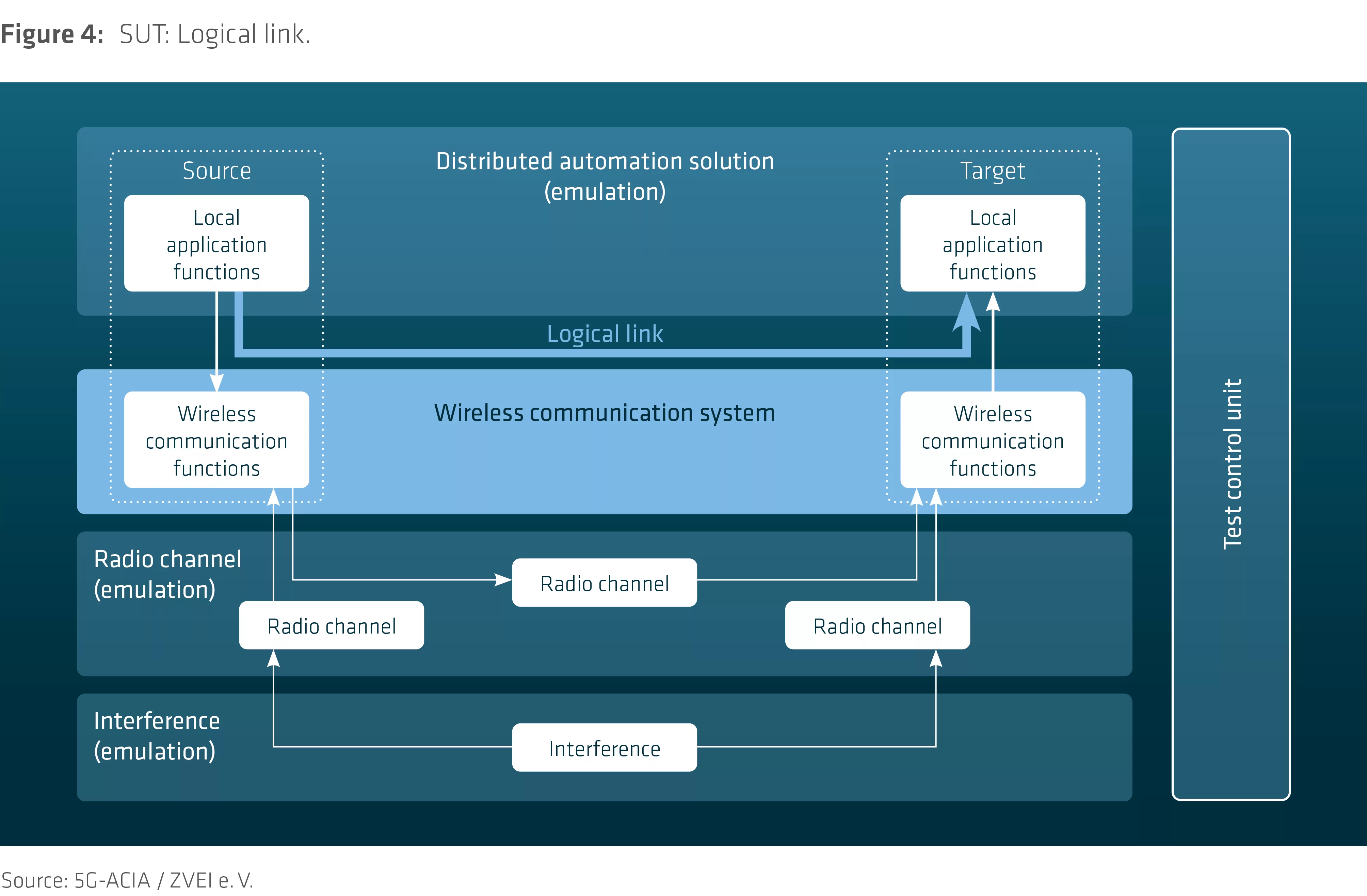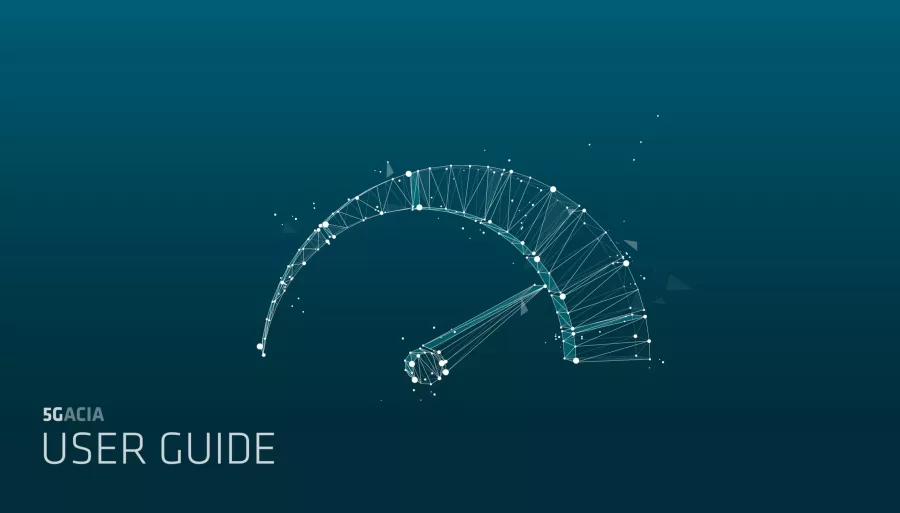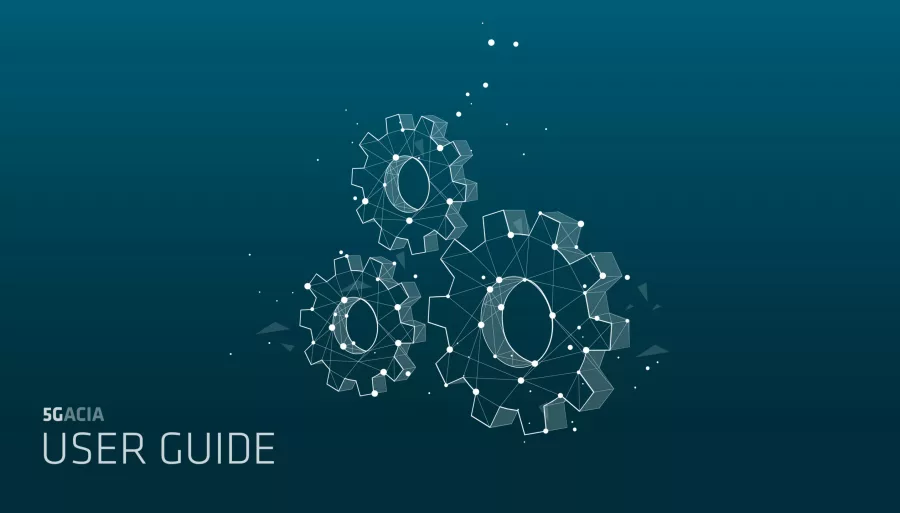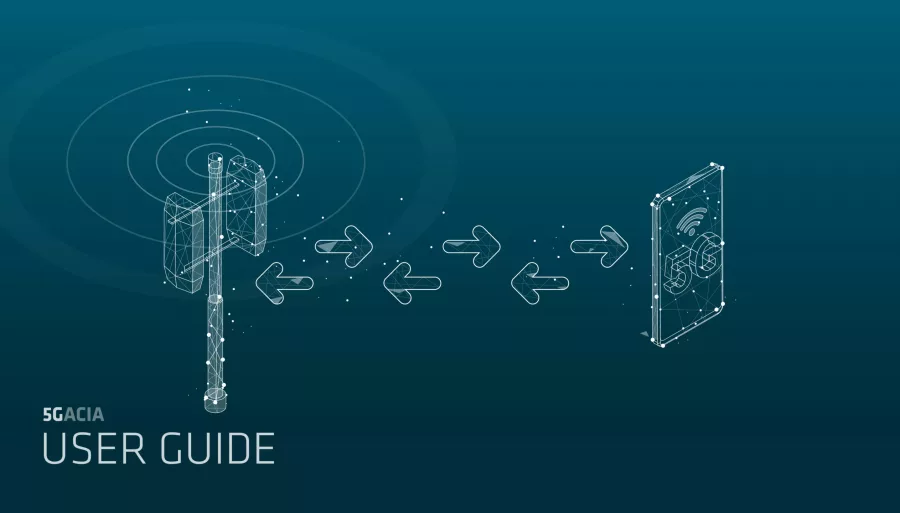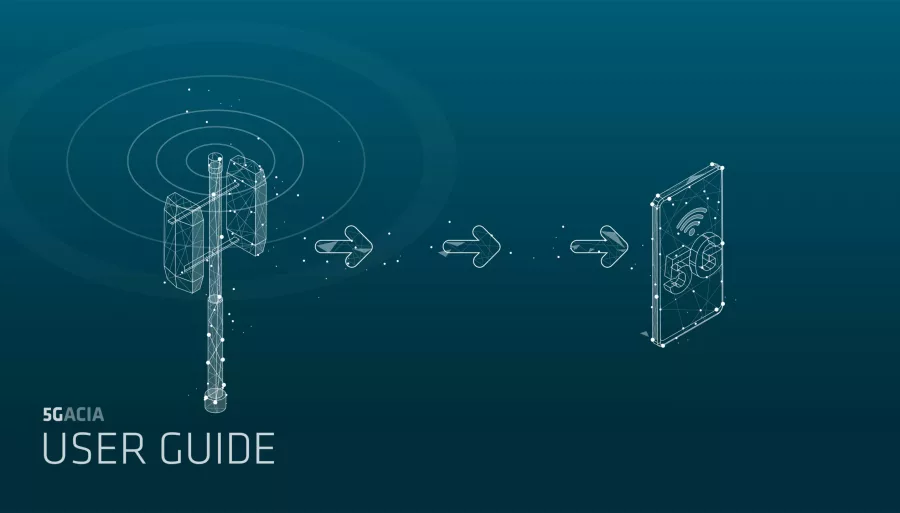This subtopic describes a universal testing system, comprising the components needed to ensure that all baseline parameters are consistent across all tests within a given test case and controlled across all test cases within a given test group. This allows the performance parameter(s) to be measured at the reference interface(s) with the necessary reproducibility and comparability. This universal concept is valid for all performance testing, but needs to be adapted to the specific system under test (SUT).
The universal concept is depicted in Figure 1. It shows the SUT in light blue and the testing system with all its components in dark blue. The testing system must provide the specified values for all relevant baseline parameters.
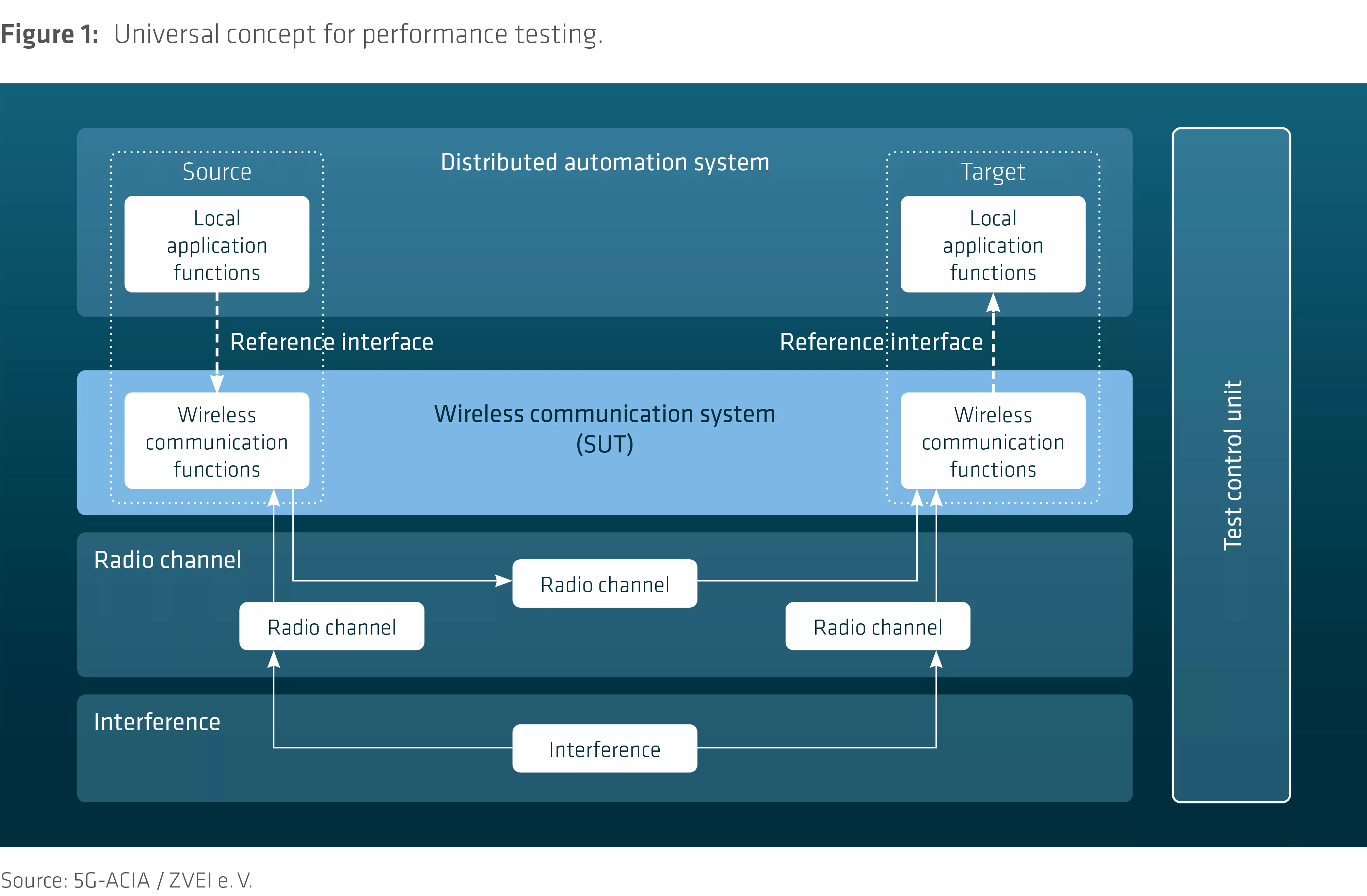
In the universal concept,
• the values for application-related baseline parameters are provided by the distributed automation system,
• the values for passive environmental baseline parameters are reproduced by the testing system’s radio channel, and
• the values for active environmental baseline parameters are reproduced by the testing system’s interference source.
Each of the three components can either be a real-world physical entity or be emulated by the testing system.
The local application functions and the wireless communication functions interact via the reference interface(s). The wireless communication functions transfer information via the radio channel.
Performance testing can be conducted in three environments: the target real-world environment, reference environment or laboratory environment (see subtopic “How to test performance parameters” ). The testing system must be adapted accordingly.”
The subtopic “Examples of Round-Trip Performance Testing for Devices and Networks” presents some examples of testing systems adapted for the environments and SUT, and the subtopic “Examples of One-Way Logical Link Performance Testing” some examples of testing systems adapted for one-way performance testing of logical links.
Three examples of possible SUT variants are: a communication device or module, a communication system, and a logical link.
The testing system as tailored for a wireless device or communication module as the SUT is shown in Figure 2 below.
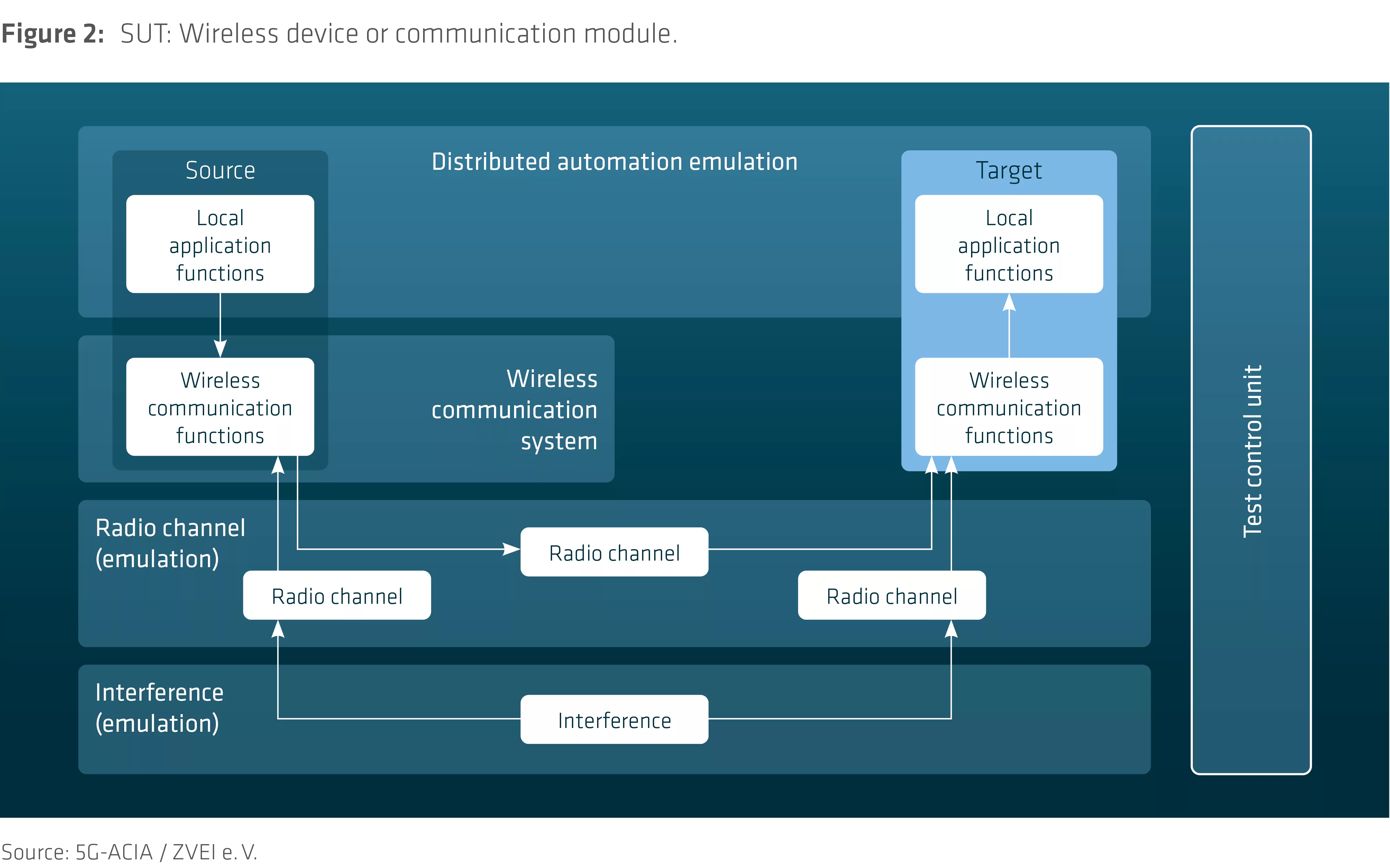
A testing system as tailored for a wireless communication system as the SUT, e.g. a 5G network including radio access network (RAN), core network (CN) and many wireless devices, is shown in Figure 3 below.
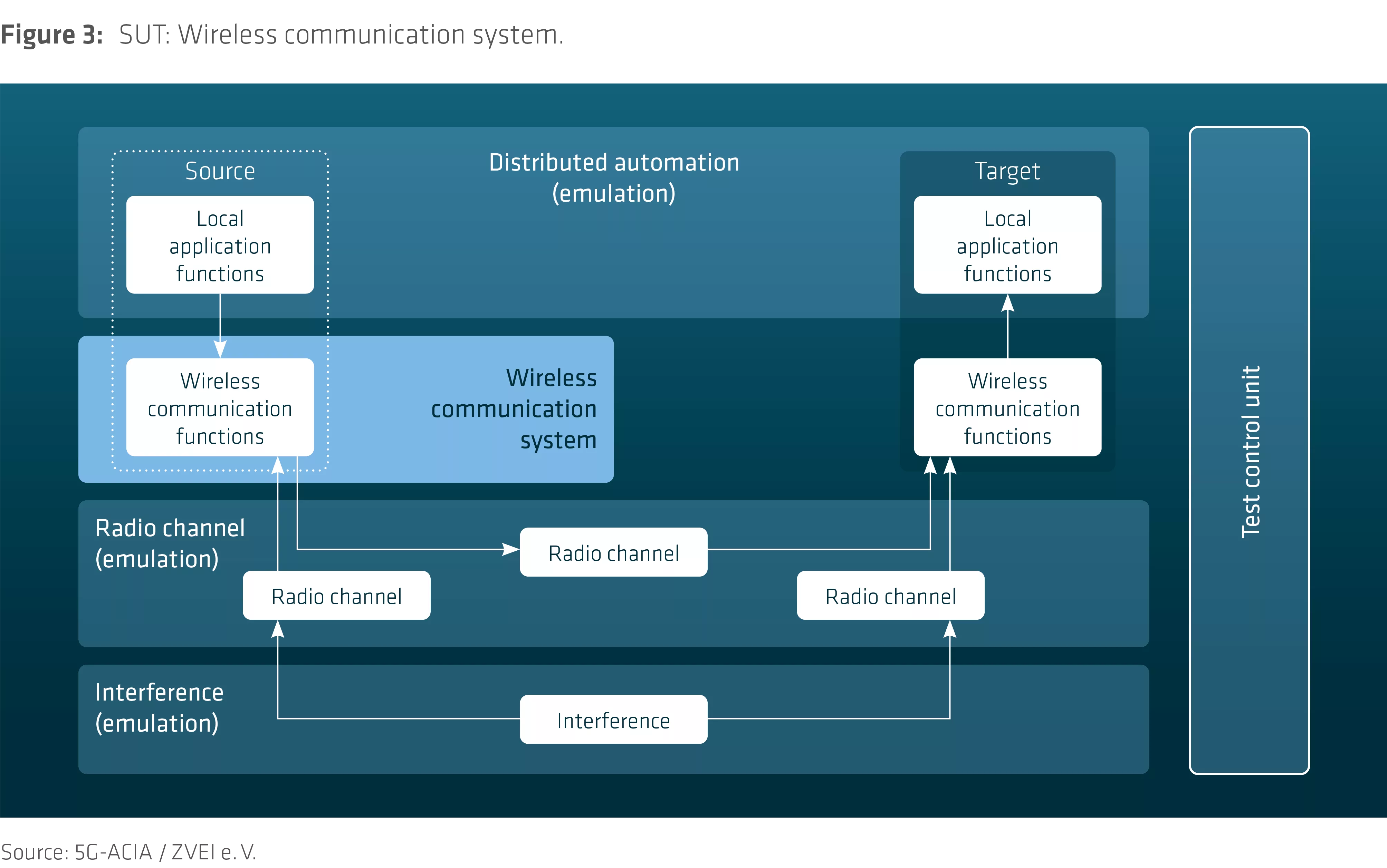
A testing system as tailored for logical links as the SUT is shown in Figure 4.
